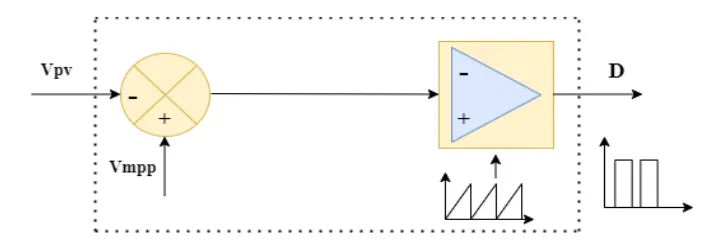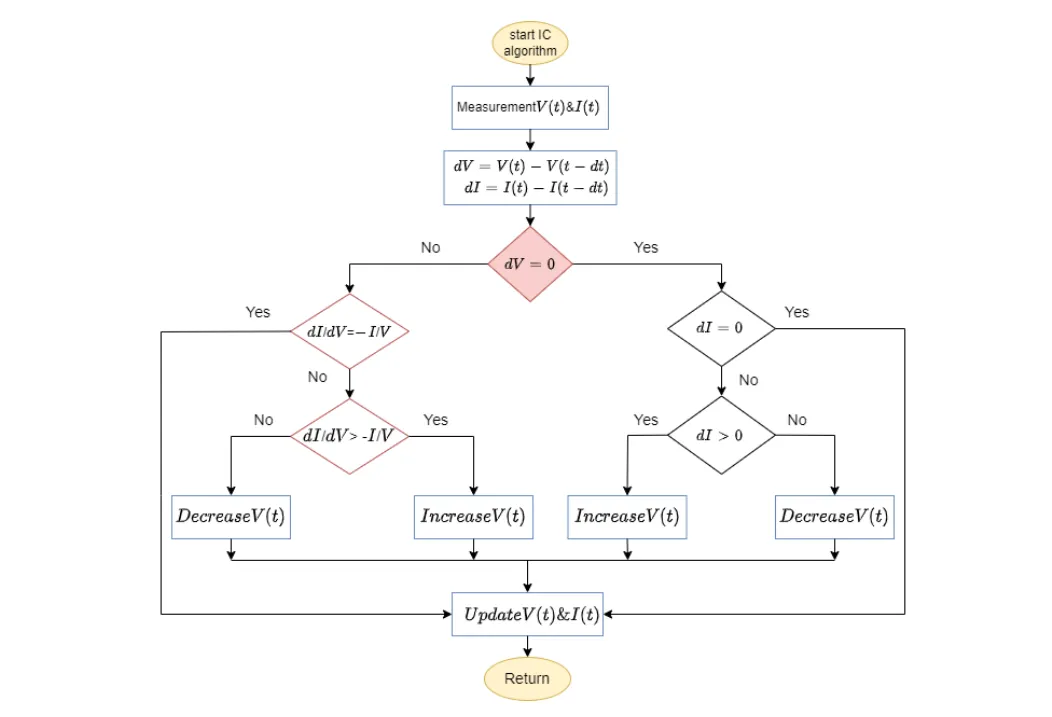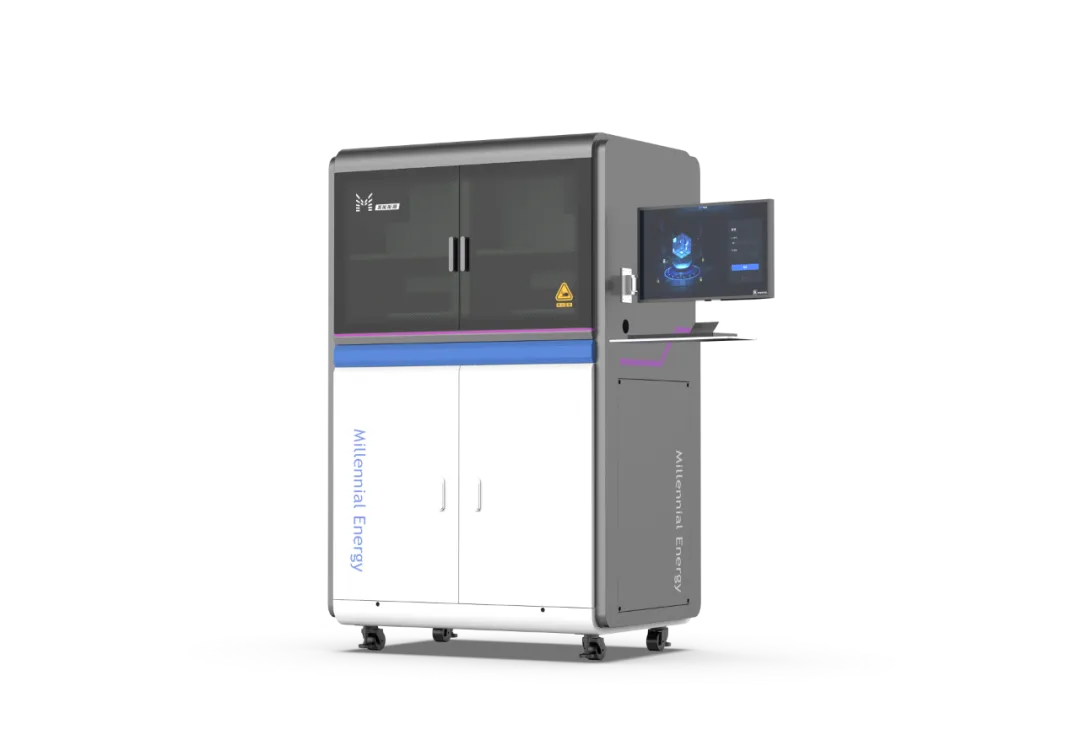
Quantum Efficiency Tester
PL/EL Integrated System
PV-Reflectumeter
3D Confocal Microscope
In-Line Four Point Probe Tester
Four Point Probe Tester
In-Line Thin Film Thickness Tester
Raman Spectrometer
FTIR Spectrometer
Spectrophotometer
Automatic Spectroscopic Ellipsometer
Contact Resistance Tester
Ultra depth of field 3D microscope
Auto Visual Tester
VMM PV Vision Measuring Machine
Solar Cell Horizontal Tensile Tester
Steady State Solar Simulator for Solar Cell
Solar Cell UV Aging Test Chamber
Solar Cell Comprehensive Tensile Tester
Visual Inspection Tester
Wet Leakage Current Tester
PV Module EL Tester
PV Module UV Preconditioning Chamber
Steady State Solar Simulator for PV Module
Current Continuous Monitor
Potential Induced Degradation Test
Bypass Diode Tester
LeTID Test System
Reverse Current Overload Tester
Impulse Voltage Tester
Hipot Insulation Tester
Ground Continuity Tester
Hipot Insulation Ground Tester
Damp Heat Test Chamber
Humidity Freeze Test
Thermal Cycle Test Chamber
Dynamic Mechanical Load Tester
Static Mechanical Load Tester
Hail Impact Tester
Robustness of Termination Tester
Module Breakage Tester
Cut Susceptibility Tester
Peel Shear Strength Tester
Universal Testing Machine (Single-arm)
Universal Testing Machine (Double-arm)
Glass Transmittance Tester
Acetic Acid Test Chamber
EVA Degree of Crosslinking Test System
Junction Box Comprehensive Tester
Drop ball tester
Semi-automatic scanning four-probe tester
Stylus Profilometer
Maximum Power Point Tracker
Perovskite Glass Transmittance Tester
Perovskite P1 Laser Scribing Multifunctional Testing Machine
Perovskite Online PL Tester
Perovskite Online Sheet Resistance Tester
Online Perovskite Film Thickness Tester
Perovskite Process Inspection Workstation
Portable IV Curve Tester
Portable EL Tester
Portable Thermal Imaging Tester
Solar Module Multi-Channel Testing System
PV Inverter Power Quality Tester
Drone EL Tester
IV Tester
IVEL Cell Sorting Machine
Introduction to Four Commonly Used MPPT technologies
Date : 2024-08-16Views : 390
The low conversion efficiency of solar cells limits their widespread use, so a power converter with maximum power point tracking (MPPT) capability is needed to be combined with solar cells. Four commonly used maximum power point tracking MPPT technologies: CV, ARV, P&O, IC, Millennial Maximum Power Point Tracker In addition to the above four technologies, constant voltage and constant current aging modes are added to increase the flexibility of stability research.

The operating point of a solar cell can vary from zero volts to the open circuit voltage. The operating point rarely remains at maximum power, but rather changes based on changes in load, so a solar controller called an MPPT is used to find the maximum operating point, causing the solar cell to operate at peak efficiency.
Commonly used MPPT technology: constant voltage (CV)

CV MPPT technology block diagram
This technology is simple, fast, and easy to use. The core is to achieve maximum power point tracking (MPPT) through a precise control mechanism. By comparing the voltage generated by the solar cell with the preset reference voltage of the maximum power point voltage (VMPP), it ensures that the solar cell can operate stably and efficiently near the maximum power point (MPP). Constant voltage (CV) MPPT technology is particularly suitable for environments with uniform lighting conditions.
Commonly used MPPT technology: Adaptive reference voltage (ARV)

ARV MPPT technology block diagram
Unlike CV MPPT, ARV takes weather conditions into account. It uses two more sensors than the traditional CV system and one more sensor than the P&0 method to estimate temperature (T) and radiation level (G), so the system cost is slightly higher. ARV-based MPPT systems have the flexibility to operate in different weather conditions, making them an extension of constant voltage technology. Under constant irradiation conditions (about 1000W/m2), the efficiency of both methods is almost the same (>99.7%). When the irradiance is reduced to 400W/m2, the efficiency of CV drops to 98.3%, while the ARV method maintains the same efficiency under different irradiation conditions.
Common MPPT techniques: Perturb and Observe (P&O)
P&O algorithms adjust the output voltage to make the solar cell meet the MPP. In this category, the module voltage is perturbed periodically. As shown in the figure, as the voltage increases (decreases), the power increases (decreases). When the perturbation remains unchanged, the power should be increased to achieve the MPP. As the power decreases, the perturbation ratio is reversed.

P-V curve of P&O algorithm
This method finds the difference of PV nominal value (dP) by PV cell voltage change (dV). When dP/dV is positive, the true point appears in the left half of MPP. This operation continues until (dP/dV) equals zero, that is:

The P&O (perturb and observe) algorithm has the advantages of high tracking, simplicity, and fast dynamic response. However, it also has problems such as oscillation under steady-state conditions, insufficient performance under partial shading conditions, and large power loss. Through continuous research and improvement, the performance and adaptability of the algorithm can be further improved to better meet the operating requirements of photovoltaic cells.
Commonly used MPPT techniques: Incremental Conductance (IC)
The incremental conductance (IC) method works by changing the relationship between PV power and voltage. The MPP is reached when the division of the derivative result is zero. The incremental conductance of the two parts of the formula is calculated and compared to determine the peak of the curve power point.

From this we can infer that:

According to the algorithm, when MPP is reached, the mathematical relationship of IC is as follows:


IC Algorithm Flowchart
According to the flowchart above, the solar cell must operate at the reference voltage V_ref. The voltage value at MPP is equal to V_ref. The advantage of the INC method is that it can react quickly to weather conditions. Compared with the P&O method, this technology has much smaller oscillations around the MPP.
Different MPPT technologies have different control variables, complexity, cost, application and oscillations around the MPP point. MPPT is one of the effective technologies to improve the overall efficiency of solar cells by optimizing its components and operating parameters.
Maximum Power Point Tracker

E-mail: market@millennialsolar.com
Millennial Maximum Power Point Tracker uses AAA-level LED solar simulator as aging light source. It can control the temperature of the battery and the environment atmosphere of the cell in a variety of ways (N2, dry air, constant temperature and humidity, etc.), and conduct long-term stability performance tests on multiple groups at the same time.
·Using imported high-power LED chips, LEDs of various wavelengths are used for photoharmonic fitting
·Light source service life>10,000 hours
·Effective spot size: ≥250*250mm (customizable)
·Adjustable light intensity: 0.2sun, 0.5sun, 1sun, 1.5sun, 4 gears
In addition to the above four commonly used maximum power point tracking MPPT technologies, Millennial Maximum Power Point Tracker also adds constant voltage (such as open circuit voltage) and constant current aging (such as short circuit current) modes to increase the flexibility of stability research, and integrates powerful data analysis software to view and compare the performance indicators of different samples in real time.

































































